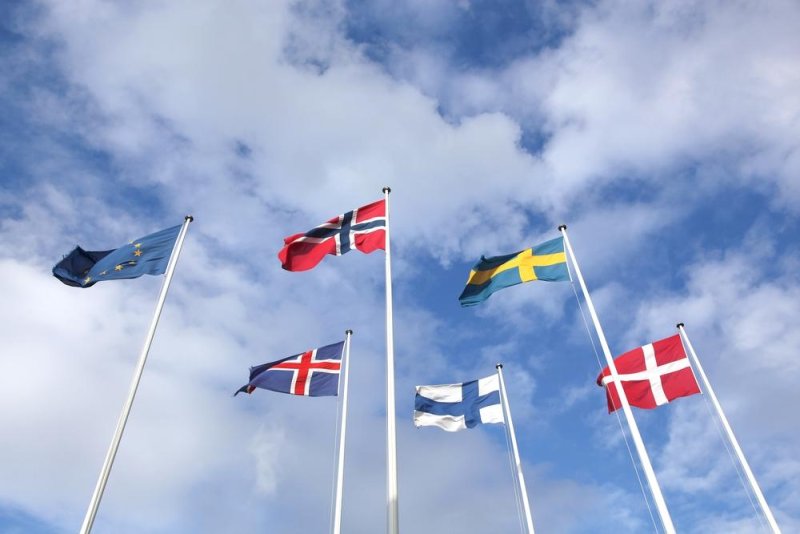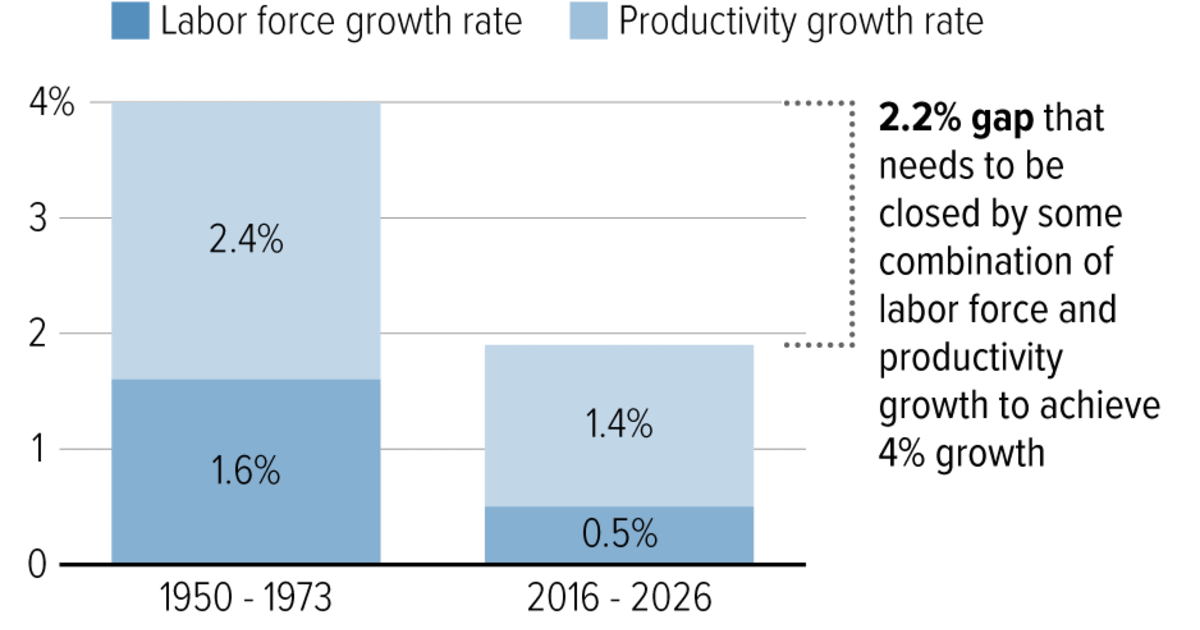The Combined Strength Of Sweden And Finland: A Pan-Nordic Defense Analysis

Table of Contents
Individual Military Capabilities of Sweden and Finland
The individual military strengths of Sweden and Finland are considerable and highly complementary. Understanding these capabilities is crucial to grasping the full impact of their combined power.
Swedish Military Strengths
Sweden possesses a modern and well-equipped military, focusing on home defense and rapid response capabilities. Key strengths include:
- Advanced Air Defense Systems: The Swedish Air Force operates the Gripen fighter jet, a sophisticated multi-role combat aircraft capable of air superiority, ground attack, and reconnaissance. This provides a strong air defense capability for Sweden and contributes significantly to regional air security. Investments in advanced radar systems further bolster this capability.
- Strong Naval Capabilities: The Swedish Navy boasts a potent submarine fleet, ideal for coastal defense and anti-submarine warfare in the Baltic Sea. Modern surface combatants and coastal defense vessels provide further maritime security. This naval strength is crucial for protecting Sweden's extensive coastline and critical maritime infrastructure.
- Well-Trained and Equipped Ground Forces: The Swedish Army maintains a high level of readiness and training, focusing on rapid deployment and maneuver warfare. Their emphasis on home defense is complemented by their capacity for rapid response operations.
- Cybersecurity Expertise: Sweden has invested heavily in cybersecurity, building a robust national infrastructure and developing significant expertise in cyber defense. This capability is increasingly crucial in modern warfare.
These elements contribute to a strong and versatile Swedish military, ready to defend its territory and contribute to collective security.
Finnish Military Strengths
Finland's military is characterized by its extensive experience in asymmetric warfare and a robust defense strategy built around its unique geopolitical context. Key strengths include:
- Extensive Experience in Asymmetric Warfare: Finland's history and geography have shaped a military doctrine focused on territorial defense and adapting to various threats. This experience is invaluable in the current security environment.
- Highly Skilled Reservist System: Finland maintains a large and highly trained reservist system, a crucial component of its national defense strategy. This system ensures a rapid mobilization capability in times of crisis.
- Modern Artillery and Anti-Tank Capabilities: The Finnish Army possesses modern artillery systems and anti-tank weapons, providing significant firepower and defensive capabilities.
- Strong Emphasis on Land Warfare and Territorial Defense: Finland's military doctrine emphasizes effective land warfare and the defense of its territory, reflecting its geographical position and potential threats.
- Strategic Location Bordering Russia: Finland's geographic location bordering Russia gives it strategic importance and provides valuable intelligence capabilities.
These strengths make Finland a significant contributor to regional security, providing a formidable land-based defense and crucial intelligence gathering capabilities.
Synergistic Effects of the Combined Forces
The combined military might of Sweden and Finland creates a powerful synergistic effect, significantly enhancing their collective defense posture.
Enhanced Regional Deterrence
The combined forces of Sweden and Finland dramatically increase regional deterrence in the Baltic Sea region.
- Increased Military Capacity in the Baltic Sea Region: The combined naval and air power creates a more robust presence in the Baltic Sea, deterring potential aggression and enhancing maritime security.
- Stronger Collective Defense Posture: Their combined military capabilities, including air defense, naval power, and ground forces, present a significantly stronger collective defense posture against any potential threat.
- Improved Intelligence Sharing and Operational Coordination: Closer cooperation will lead to improved intelligence sharing and operational coordination, significantly enhancing the effectiveness of their combined forces.
This enhanced deterrence is a critical element in maintaining regional stability and security.
Resource Pooling and Interoperability
Combining resources and improving interoperability between the Swedish and Finnish armed forces offers numerous advantages.
- Shared Resources and Training: Collaboration allows for the pooling of resources, such as training facilities, equipment, and expertise, leading to increased efficiency and cost savings.
- Improved Interoperability: Increased cooperation will lead to improved interoperability between the armed forces, ensuring seamless coordination during joint operations.
- Military Technology: Sharing knowledge and technology can lead to advancements in military technology, further strengthening their combined capabilities.
This enhanced cooperation is key to maximizing the impact of the combined military strengths.
Geopolitical Implications of the Partnership
The partnership between Sweden and Finland has profound geopolitical implications, strengthening both NATO and broader Nordic security cooperation.
Strengthened NATO's Eastern Flank
Sweden and Finland's NATO membership significantly strengthens NATO's eastern flank.
- Increased NATO Presence in the Baltic Region: Their accession expands NATO's geographic reach and strengthens its presence in the strategically vital Baltic Sea region.
- Strategic Assets and Geographical Location: Their geographical location and military assets provide valuable strategic depth and enhance NATO's ability to respond to potential threats.
This expansion reinforces NATO’s commitment to collective defense and enhances deterrence in the region.
Impact on Nordic Security Cooperation
The partnership strengthens Nordic security cooperation, fostering closer ties between neighboring countries.
- Closer Collaboration with Other Nordic Countries: The strengthened partnership could spur closer collaboration with Denmark, Norway, and Iceland, leading to a more robust Pan-Nordic defense framework.
- Strengthening of the Overall Pan-Nordic Defense Framework: This collaboration enhances regional stability and promotes a unified approach to security challenges.
This increased cooperation enhances the overall security of the Nordic region.
Conclusion
The combined strength of Sweden and Finland represents a significant boost to Pan-Nordic defense and a powerful deterrent. Their individual military strengths, when combined, create a synergistic effect that enhances regional security, strengthens NATO's eastern flank, and boosts overall European security. To fully grasp the evolving dynamics of this important strategic shift, further research into the specific capabilities and strategies employed by these nations is crucial. Continue exploring analyses on the combined strength of Sweden and Finland to gain a deeper understanding of this pivotal development in European security.

Featured Posts
-
 How Is A New Pope Chosen A Comprehensive Guide To Papal Conclaves
Apr 22, 2025
How Is A New Pope Chosen A Comprehensive Guide To Papal Conclaves
Apr 22, 2025 -
 1 050 V Mware Price Increase At And T Details Broadcoms Proposed Hike
Apr 22, 2025
1 050 V Mware Price Increase At And T Details Broadcoms Proposed Hike
Apr 22, 2025 -
 The Conclave A Critical Assessment Of Pope Franciss Papacy
Apr 22, 2025
The Conclave A Critical Assessment Of Pope Franciss Papacy
Apr 22, 2025 -
 Unpacking The Distributional Effects Of Trumps Economic Goals
Apr 22, 2025
Unpacking The Distributional Effects Of Trumps Economic Goals
Apr 22, 2025 -
 The Indispensable Role Of Middle Managers In Modern Organizations
Apr 22, 2025
The Indispensable Role Of Middle Managers In Modern Organizations
Apr 22, 2025
Latest Posts
-
 Elizabeth City Law Enforcement Investigating Recent Vehicle Break Ins
May 10, 2025
Elizabeth City Law Enforcement Investigating Recent Vehicle Break Ins
May 10, 2025 -
 Strictly Come Dancings Wynne Evans A Career Update
May 10, 2025
Strictly Come Dancings Wynne Evans A Career Update
May 10, 2025 -
 Muutoksia Britannian Kruununperimysjaerjestyksessae Uusi Lista
May 10, 2025
Muutoksia Britannian Kruununperimysjaerjestyksessae Uusi Lista
May 10, 2025 -
 Elizabeth Hurley A Look Back At Her Boldest Cleavage
May 10, 2025
Elizabeth Hurley A Look Back At Her Boldest Cleavage
May 10, 2025 -
 Elizabeth City Police Search For Vehicle Break In Suspect
May 10, 2025
Elizabeth City Police Search For Vehicle Break In Suspect
May 10, 2025
